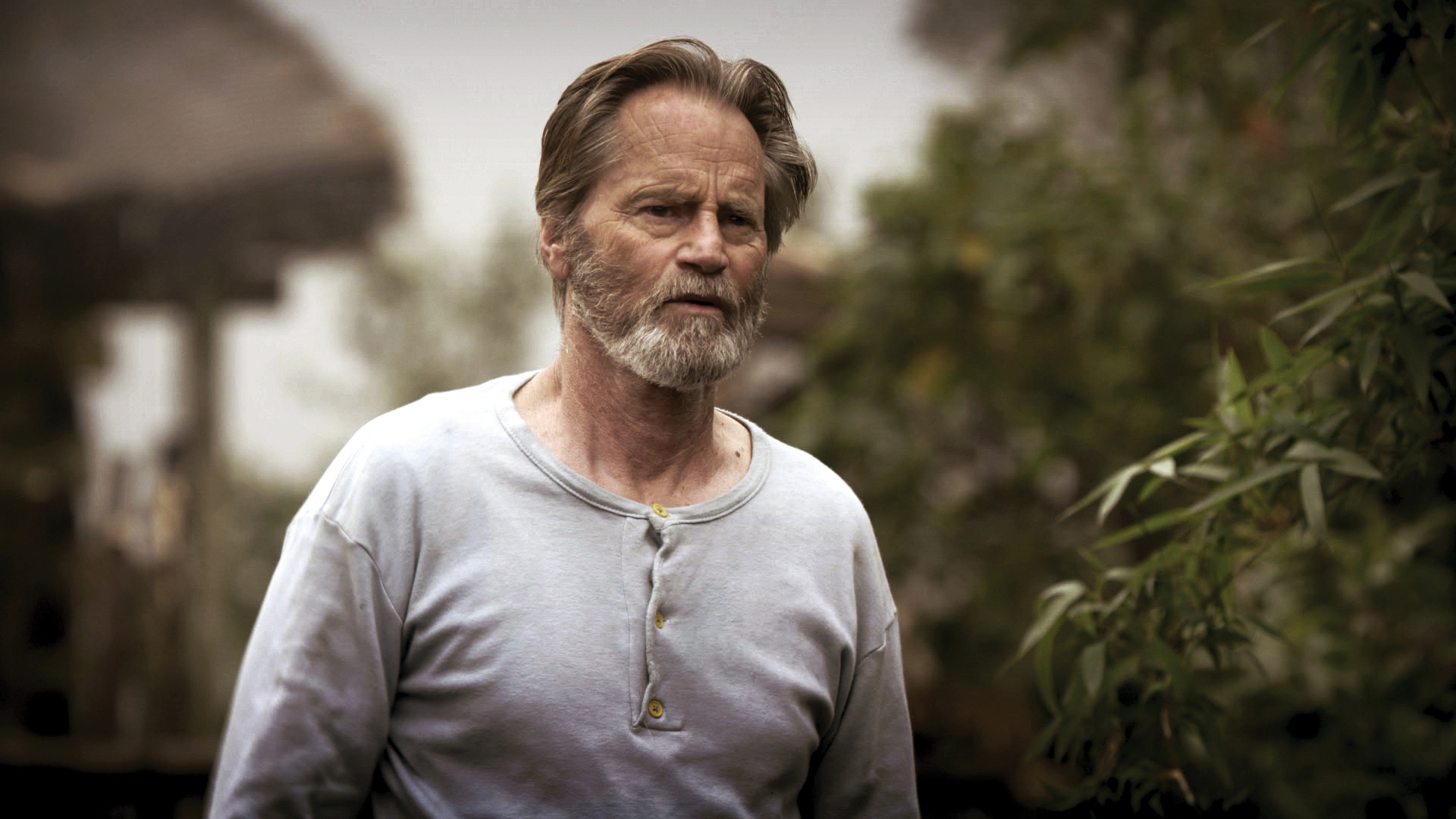Aged by time, lonesomeness and a lifestyle limited by the bottom of a whiskey bottle, James Blackthorn sits on his horse comfortably, in a way that only a hardened bandit could manage.
After seeing Mateo Gil’s “Blackthorn,” fierce advocates of the 1969 film “Butch Cassidy and the Sundance Kid” may have to reassess their conclusion about the fates of the Old West outlaws.
In the final scene of the classic film, strapped down on all sides by gunfire from the Bolivian army, the two bandits bravely charge their antagonists. The film ends with a freeze frame of Butch and Sundance with their guns drawn, implying that their lives ended in a heroic firefight.
“Blackthorn” begs to differ with this conclusion. Instead, Gil’s film makes the argument that the two bodies found after the standoff between the Bolivians and the bandits did not belong to Butch and Sundance.
“Blackthorn” follows the elderly life of Butch Cassidy (Sam Shepard). He has changed his name to James Blackthorn and lives in Bolivia with a younger mistress named Yana (Magaly Solier).
The Sundance Kid, though he was also able to escape the standoff with the Bolivians, is sadly no longer around.
Haunted by his past in the United States, Blackthorn empties out his bank account and decides to return home. However, a young Spaniard by the name of Eduardo Apodaca (Eduardo Noriega) interrupts his journey. Driven by paranoia and inexperienced with cowboy ethics, Apodaca attempts to rob and kill Blackthorn, causing Blackthorn’s horse, which is carrying Blackthorn’s life savings, to flee in the process.
Apodaca, ashamed and fearful that Blackthorn will end his life with a six-shooter, offers compensation, as he had just robbed a mine of $50,000 (explaining his misplaced nerves). The film follows renewed bandit Blackthorn and Apodaca as they attempt to flee with the mining money.
Despite a stunning performance by Shepard ““ whose ability to fill the boots as an aged Butch Cassidy should not be overlooked, especially since Paul Newman played the part so well 42 years ago ““ the film seems to lack the vigor that audiences may have hoped for.
Perhaps it is wrong to compare the modern revival of the Butch Cassidy story with the original George Roy Hill film ““ the two films have different agendas.
Yet, what made the original film resonate with audiences was the story of companionship. Westerns typically tell tales of the strong and silent male characters, bound to a life of solitude. In the case of “Butch Cassidy and the Sundance Kid,” fraternal unity roped two bandits together, and they became more charming as a duo.
In “Blackthorn,” it is hard to become intimate with Shepard’s character, mostly because viewers are left wanting to witness a revival of the lighthearted kind, where the duo would be faced with one last hurrah before the remains of their youth flee.
Noriega’s performance as Apodaca is commendable, though his character never quite develops a complex relationship with the audience or with Blackthorn. And this, perhaps, is where the film fails. Audiences are left with an isolated, aged cowboy, perhaps feeling just as unfulfilled as the legendary Butch Cassidy.
